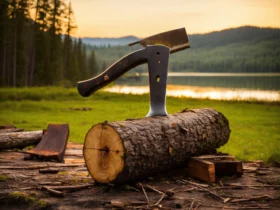Rope and cordage are essential tools for a variety of tasks, from climbing to sailing to camping. But what makes rope and cordage so strong and reliable? The answer lies in the materials used to make them and the way they are constructed.
Rope and cordage are typically made from natural fibers such as cotton, hemp, jute, sisal, and manila. These fibers are twisted together to form a strong, durable material that can withstand a great deal of tension and wear. The fibers are usually treated with wax or oil to make them more resistant to water and other elements.
The strength of rope and cordage comes from the way the fibers are twisted together. The fibers are usually twisted in a figure-eight pattern, which creates a strong, flexible material that can hold up to a great deal of tension. This type of construction also helps to reduce the amount of stretch in the rope or cordage, which is important for tasks such as climbing or sailing.
Rope and cordage can be used in a variety of situations, from everyday tasks to emergency situations. For example, rope and cordage can be used to secure a tent or tarp in place, to tie down a boat or kayak, or to help pull a vehicle out of a ditch. In an emergency situation, rope and cordage can be used to build a shelter, to rappel down a cliff, or to help rescue someone from a dangerous situation.
Rope and cordage are strong, reliable tools that can help you in a variety of situations. Whether you’re camping, sailing, or in an emergency situation, rope and cordage can help you get the job done. With the right materials and construction, rope and cordage can provide you with the strength and reliability you need to get through tough situations.






